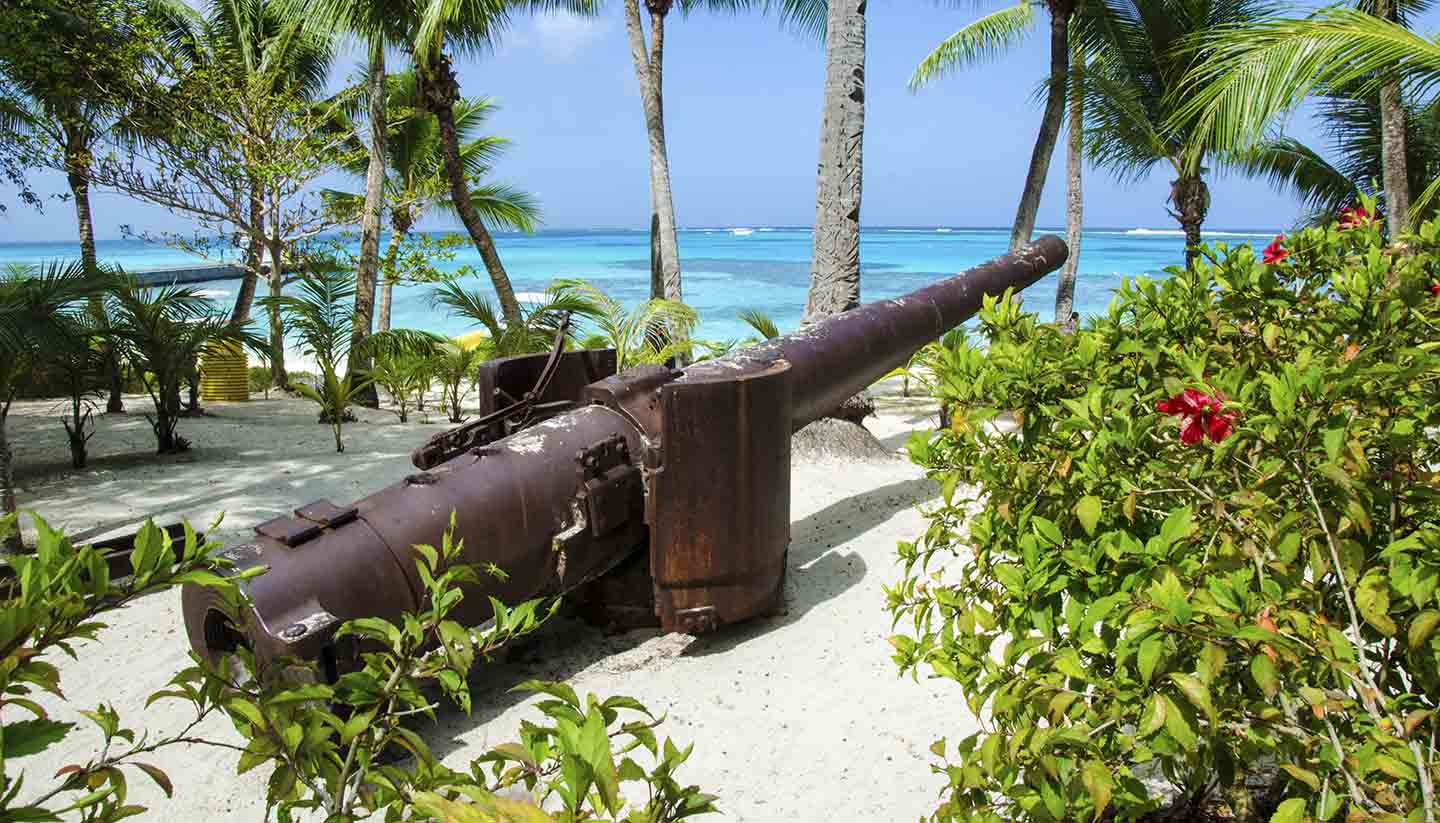Northern Mariana Islands History, Language and Culture
History of Northern Mariana Islands
Formerly a Japanese colony, the Northern Marianas became part of the Trust Territory of the Pacific Islands, administered by the USA under a mandate granted by the United Nations in 1947. Following a referendum in 1975, the Northern Mariana Islands became internally self-governing with a bicameral legislature (see Government section, below). In 1984, President Reagan extended the American civil and political rights available to the residents of the Northern Marianas and two years later, after the end of the UN mandate, the territory acquired US Commonwealth status. At this point, the residents were granted US citizenship.
Domestic politics traditionally mirrored the RepublicanDemocrat duopoly until the recent emergence of the Convenant Party, which is independent of both the major US parties. At the most recent elections held in November 2001, the Republican candidate, Juan Babauta, won with 43 per cent of the poll. However, at the most recent poll for the local House of Representatives, the Covenant Party was returned as the largest party.
The islands face significant social and economic problems that are largely attributable to the rapid growth of the population in the last two decades and the lack both of adequate employment opportunities and infrastructure.
Northern Mariana Islands Culture
Religion in Northern Mariana Islands
Mostly Roman Catholic.
Social Conventions in Northern Mariana Islands
The Chamorro culture of the original inhabitants can still be traced, although it is overlaid by strong American influences. Western conventions are well understood.
Language in Northern Mariana Islands
English, Chamorro and Carolinian are the official languages. Japanese and Korean are widely spoken.


